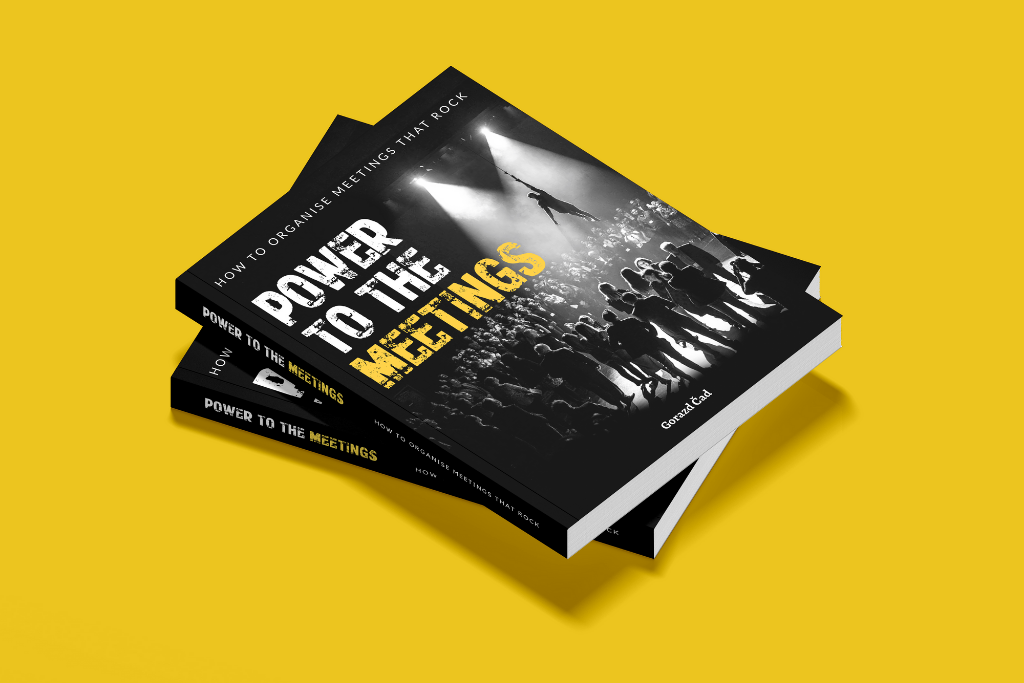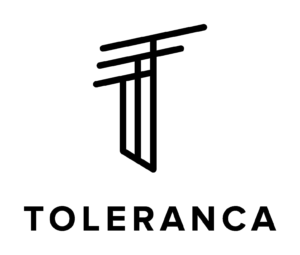
Events are a powerful visual, expressive and content tool. More importantly, they are an effective communication tool. Every event organiser will leave their mark and signature on their event, and the more freedom we have, the stronger our stamp.
The first time I heard that I should write a book on event organising was around a decade ago. At that time, it felt too early and too soon. We were in the middle of developing grand events. Among them, the awarded and recognised Conventa drained the most energy. Despite being delighted to receive compliments and awards, I have concluded that I no longer need them. What matters most is the joy when organising events and creating authentic experiences and the child-like enthusiasm that comes from seeing happy and satisfied participants. That is the ultimate goal of every event organiser.
I first had to ease myself, free my writing wings and calm my unfulfilled desires. After that, everything came together by itself. Of course, the corona crisis was also helpful, giving us all an abundance of free time. I have come to realise that with the topics I delve into, I also depict my own story. The story of an aspiring history and geography professor, who gave up his profession and fell in love with organising events. A field of expertise for which no school existed, only Cankarjev Dom, where I found my first job.
Equally meaningful was the realisation that our methodology works brilliantly, even at a time when the world is ruled by online events. Thus, I decided to bolster my courage and start writing.
The essential reason for writing the book was encouragement from colleagues, who were thrilled about our Power to the Meetings methodology. At presentations, I often heard that they wanted more information, and that many concepts and ideas were left unexplained. Thus, this book will paint a brand new picture of the entire methodology and invite readers to read it more than once.
As in the football world, everyone is an expert in event organising. Perhaps this is the reason no two books are similar out there. Another excuse would be intuition, which some have less of and others more. Nevertheless, as sure as eggs are eggs there is tremendous work, knowledge and almost always a bit of luck behind a successful event. Only we, professional event organisers, know how ruthless the Pareto Principle is. I prefer to condense the principle into two rules:
- An event consists of 80% communication and 20% logistics or event management
- Behind 20% of an event’s programme, stands 80% of preparation time. In other words, for two hours of an event’s programme, we need to put in eight hours of preparation.
I am convinced that colleagues could elevate and comment on this simple logic. Yet it remains certain that without an excellent meeting architect you cannot organise an excellent event. Yes, you did read that correctly; meeting architects have been around for the past few years. However, the market has always had a feeling for distinguishing between experts in event organising and self-proclaimed organisers. The market is overcrowded with the latter, as apparently everyone knows everything about organising events. Like in the football world, there are numerous quasi experts in the industry. We usually start to miss meeting architects when something takes a wrong turn. When your event fails, it is not only an economic problem but one that has an impact on your reputation. We need not look any further than the flop of the global Fyre Festival event in this regard.
Event organising often starts at the very end: the logistics, venue set up, cuisine, technical support and functional design. However, it is not as simple as that. An event is the strategic tool of marketing or even the pinnacle of our professional life. Moreover, it reflects our visions and lifestyle. With events, we must encourage interaction, knowledge exchange, establishment of contacts and much more. All of this comes to life in the hands of a competent meeting architect. If we cooperate with a professional meeting architect, we are guaranteed to see a positive outcome. I can even statistically prove all of this based on our case studies. However, much is already written in the book you are holding in your hands.
There are no prescribed recipes for good event architecture, though some logical frameworks and structures make our work easier. Each event is a story of its own and is built from the ground up because the purpose and objectives of an event always change. The final result is usually a compromise between what we want and what is possible. A meeting architect will always face limitations, be it of technical, content or financial nature. On the other hand, how a meeting architect designs an event depends on their creativity and client understanding.
When we created the Power to the Meetings methodology five years ago, we were well aware that we were creating a tool for the next generation of events. A growing number of clients use it in practice or follow individual segments of the methodology. We have been rewarded by thrilled and satisfied participants. It is our pleasure to see colleagues use the methodology in practice, and we gladly provide them with additional tips. When clients understand the architecture of events, they start to enjoy the added value of events and become loyal followers.
We hope our methodology will help create a brighter world of events in the future.


